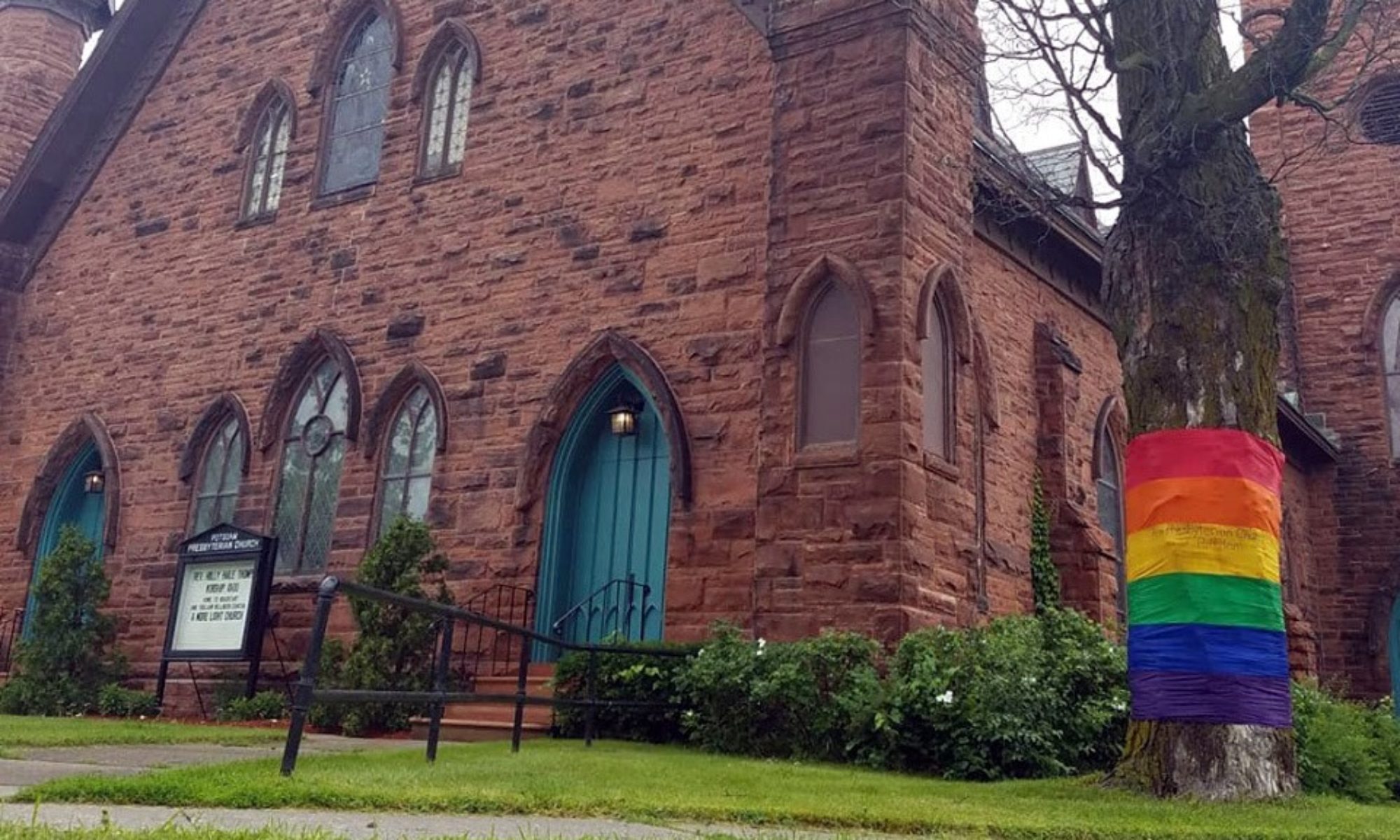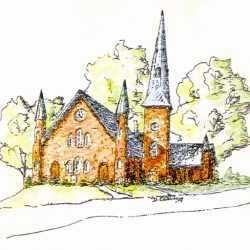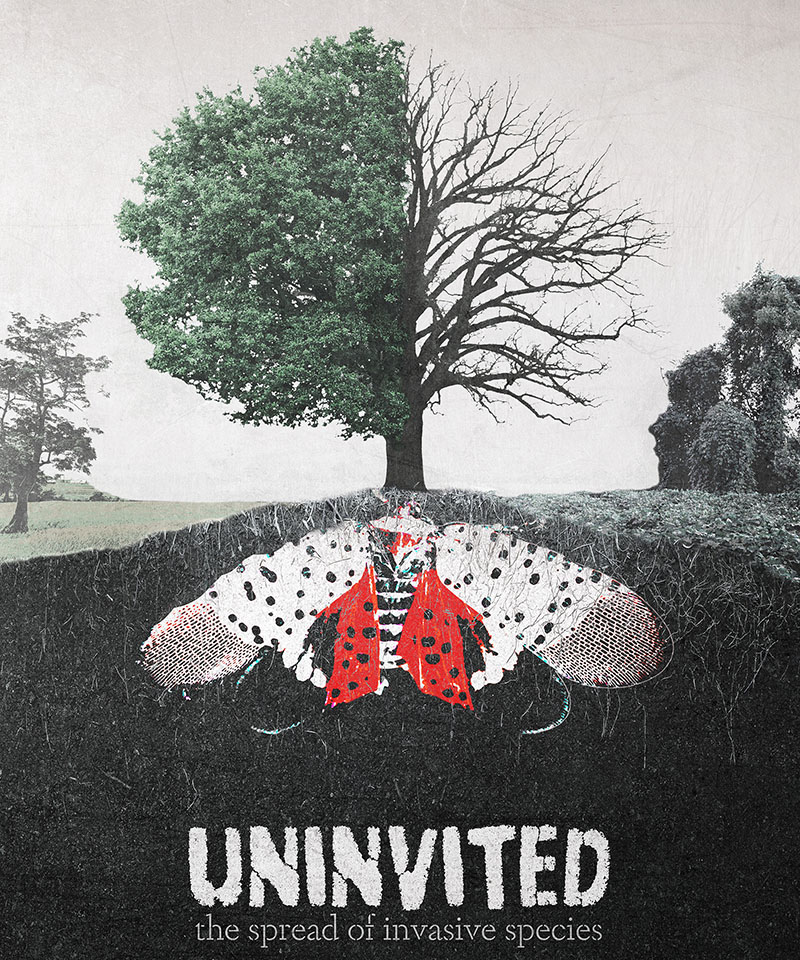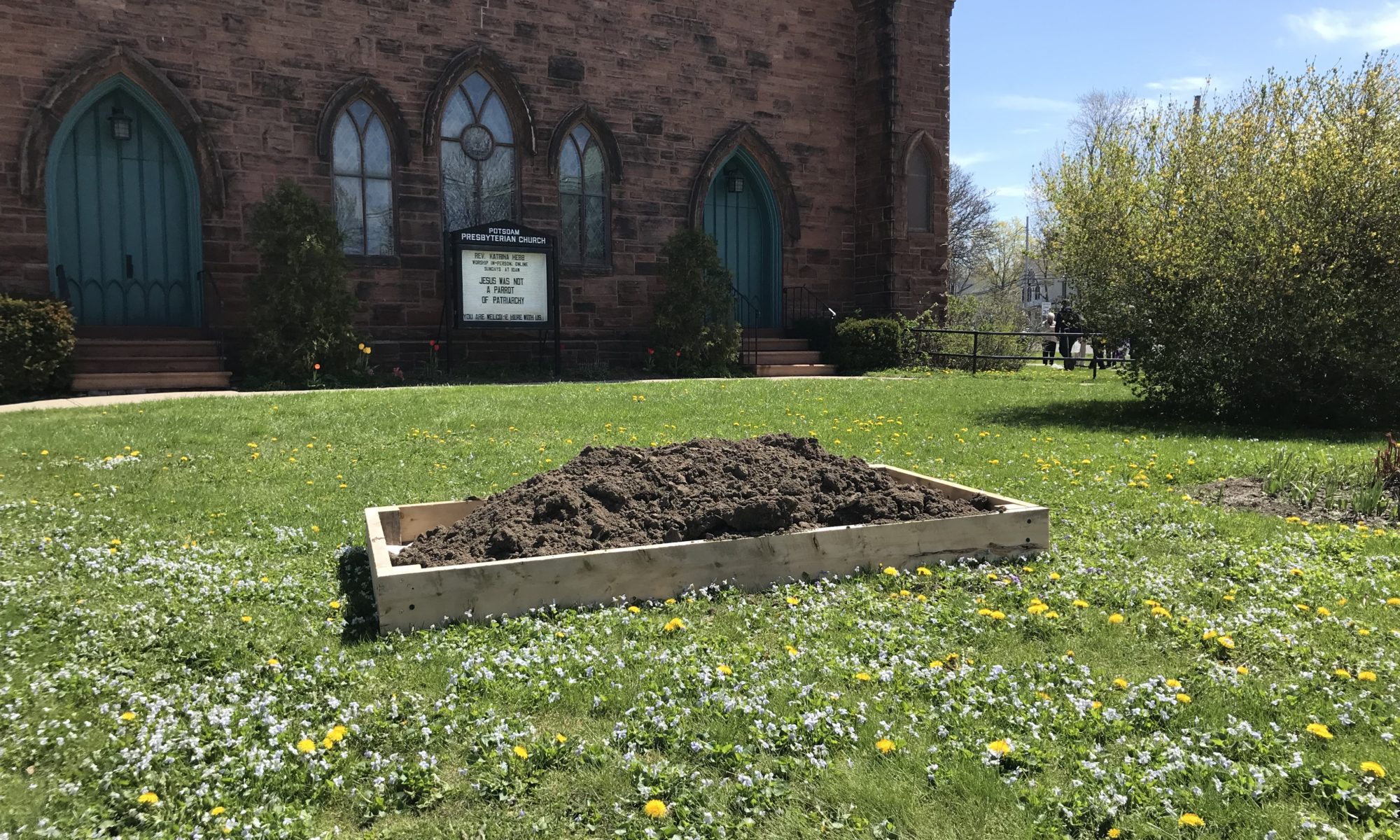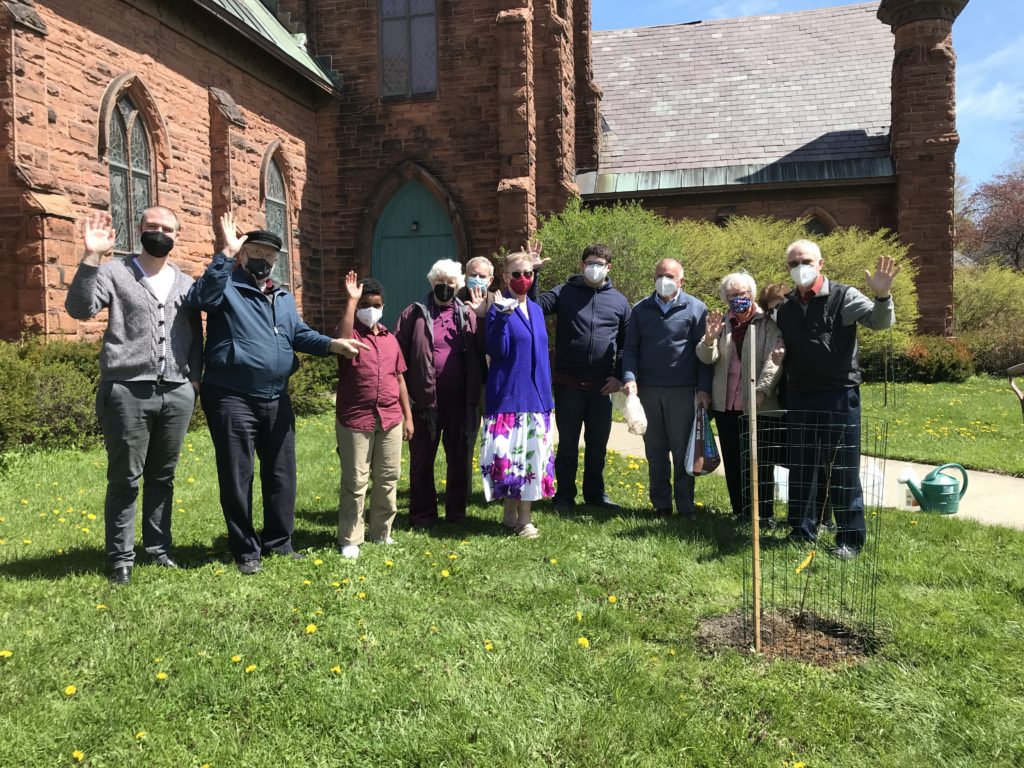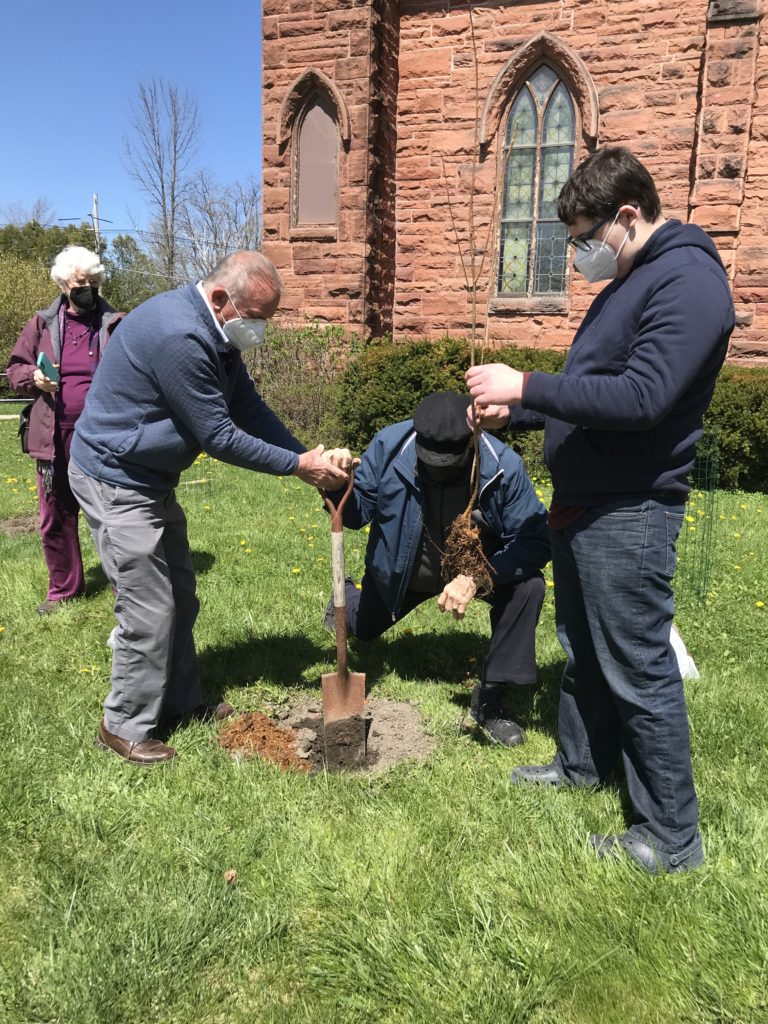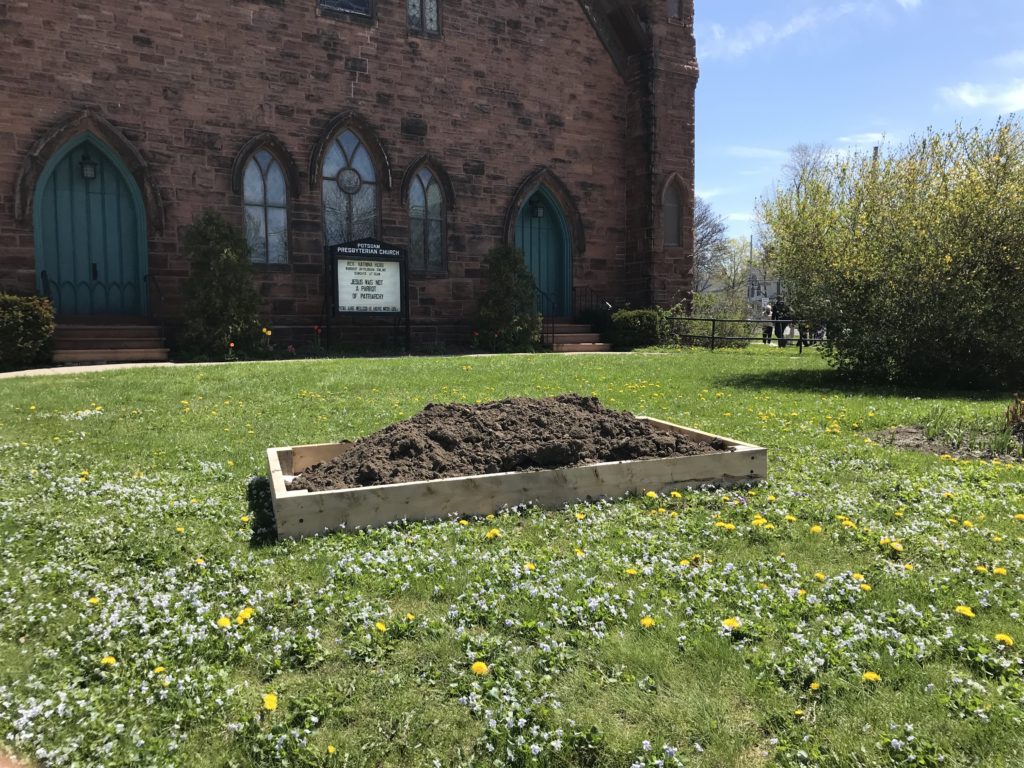Hello Church,
A warm, sunny summer day to you! I’ve been back from my family reunion for a few days now after having had a wonderful time seeing my aunts, uncles, cousins, and all of their kids. There were 47 of us who gathered at my aunt and uncle’s camp on a lake in New Hampshire to swim, fish, kayak, lounge, laugh, eat, and visit. That’s a lot of family(!) and I was absolutely tuckered out by the time we got home.
Here’s the news for the week:
Difficult Conversations Lab
For those taking this class, this is a reminder that we won’t be meeting again until Wednesday, July 13th at 3:30pm.
Memorial Service for George Davis
The memorial service for George Davis will be Friday, July 15th at the church at 3pm. A catered reception is to follow and you are welcome to attend.
If you were at church on Sunday, you will have heard Sue Water’s announcement that there will be wine served at this reception. George’s son Rick owns a vineyard in California and asked if we would allow his wine to be served at the dinner. For many years the church has prohibited alcohol on the premises but Session felt that this particular occasion merited its presence. I wanted to make sure you know about this beforehand however, so that you wouldn’t be surprised to be offered a glass of wine if you come to dinner.
Community Suppers
Sharon Pickard has let us know that the monthly community supper we’ve been offering in conjunction with the Episcopal Church is picking up steam! Last week they had over 40 take-out dinners served! July’s supper will take place on the 28th, and will be offered at our church. If you’d be willing to help out with making food, please contact Sharon.
Special Offering for Buffalo
I wanted to let you know that last Sunday we collected $533 to send to Mt. Olive Baptist Church, a sister church in Buffalo doing important community service work, following the racially-motivated mass shooting there. Thank you for your generosity!
Supporting Students in Kenya
In a few weeks I will be reaching out to you once again concerning another special offering. It’s nearing the time for us to send our church’s donation to help make education possible for a handful of selected students in Kenya who show promise in school but don’t have the financial means necessary to attend. Will you be praying about what you might be able to give? Gifting children education is an effective way of pulling an entire family, for generations, out of poverty.
Many Hands Make For Light Work
This last Sunday we resurrected coffee hour, and I hope you enjoyed yourselves! Having time to share together after the service is an important part of the worship experience because it allows us to be relational with one another. In the past, coffee hour has been an elaborate affair, and perhaps you have shied away from volunteering because it seemed too daunting a task. Because of this, in the past, a handful of people took on the majority of the work of putting on coffee hour. But those folks simply don’t have the energy to “be in charge” any longer.
Being a smaller congregation now, and as we start over again with many of our traditions following the pandemic, we get to redefine what coffee hour is. Moving forward, we get to decide how important coffee hour is to us. Is standing around with a cup of coffee and a cookie in our hands something we want to hold onto? The next few months will be an experiment for us. Coming out of Covid, we don’t have to abide by the old rules that say, “Well, we have to do it this way because it’s how we’ve always done things.” We get a fresh start to figure out what’s important and how much energy we’re willing to spend.
It may be that after a month or so, we realize that no one actually has the energy to bring cookies and brew coffee, and that standing around in the sanctuary after the service to chat and visit works well enough for us. We may also find that we love being able to visit afterwards with that coffee mug in hand. If it is something that we love, more of us are going to need to volunteer to help host it– to bring cookies, learn how to brew a pot of coffee, and be willing to do a few dishes afterwards. Is this something you’d be willing to do? Will you think about it? And will you pay attention to what you think of coffee hour in general?
If it’s not valuable enough to us in this present moment, it’s ok to let it go. There’s nothing wrong with acknowledging that this isn’t the time for it, and allowing ourselves to be at peace with that decision.
In the fall I hope to have a “check-in” Sunday one week after worship. I’d like for us to talk together as a group about how we feel that church is going and check in about our financial situation. I’d like for us to discuss what we think is going well with our church, what we’d like to focus our energy on, and continue to talk about what’s important to us as a congregation.
The State of our Nation
Friends, this week more big decisions have been handed down to us from the Supreme Court. In the last 8 days we’ve had major decisions made about religion in public spaces, abortion, gun rights, and most recently about the EPA’s ability to regulate large companies and the pollution they produce. Perhaps some of us are feeling huge relief at these decisions, but I’d hazard a guess that many of us are feeling scared, lost, angry, and/or worried about the state of our nation and its effects on the world.
Today I want to remind you that whatever your emotions may be, they’re not “wrong.” Our emotions are part of who we are, and they express what’s deepest inside of us. If you’re really struggling this week, I encourage you to do a couple of things. First, sit down and pray– not a “you need to fix this right now, God!” sort of prayer. (At least not to start.) Instead, I encourage you to follow in the footsteps of the psalmists and become a lamenter. Figure out what you’re feeling and share that with God. Are you angry? Offer that. Are you afraid? Feeling hopeless? Powerless? Lay out for yourself and for God what’s rumbling around on your insides. That’s the first step. But there’s more to it as well. Can you sit with God long enough to figure out why you’re feeling the way that you do? What is prompting these feelings? What’s underneath them? Are you angry because you feel betrayed? Are you feeling powerless because someone else is making a decision for you that you don’t agree with and you don’t know what to do next? Whatever that slimy thing is at the bottom of your pot– the IT stirring up your emotions– what would it mean to offer that slimy IT to God?
Bottling up our emotions on the inside and doing our best to ignore them has never been an effective way of facing troubles. Bottling up our emotions causes paralysis, which is neither healthy nor helpful. Instead, it robs us of our ability to find peace within ourselves and makes it impossible to work towards effective change.
I don’t have any helpful answers on “what the world needs now,” but I do know that if we can sit quietly enough– for long enough– with God, with each other, and with ourselves, perhaps God will reveal the next step forward in this life we share together on earth and make peace possible for us in whatever shape we need that to be in this moment.
Isaiah reminded his people, who were chin deep in serious peril, this truth from God. I think it fits for us today as well:
“So do not fear, for I am with you; do not be dismayed, for I am your God. I will strengthen you and help you; I will uphold you with my righteous right hand.”
Isaiah 41:10
Hold onto God, dear Hearts. Keep holding onto God.
Sitting with God,
Pastor Katrina
